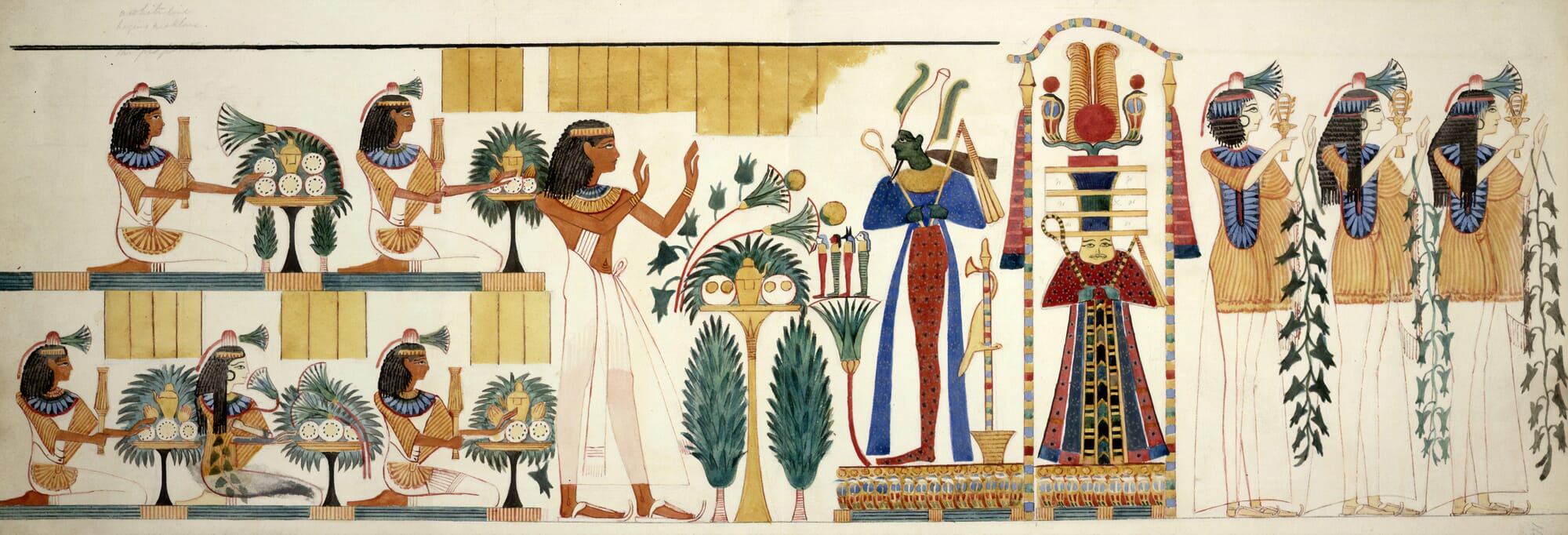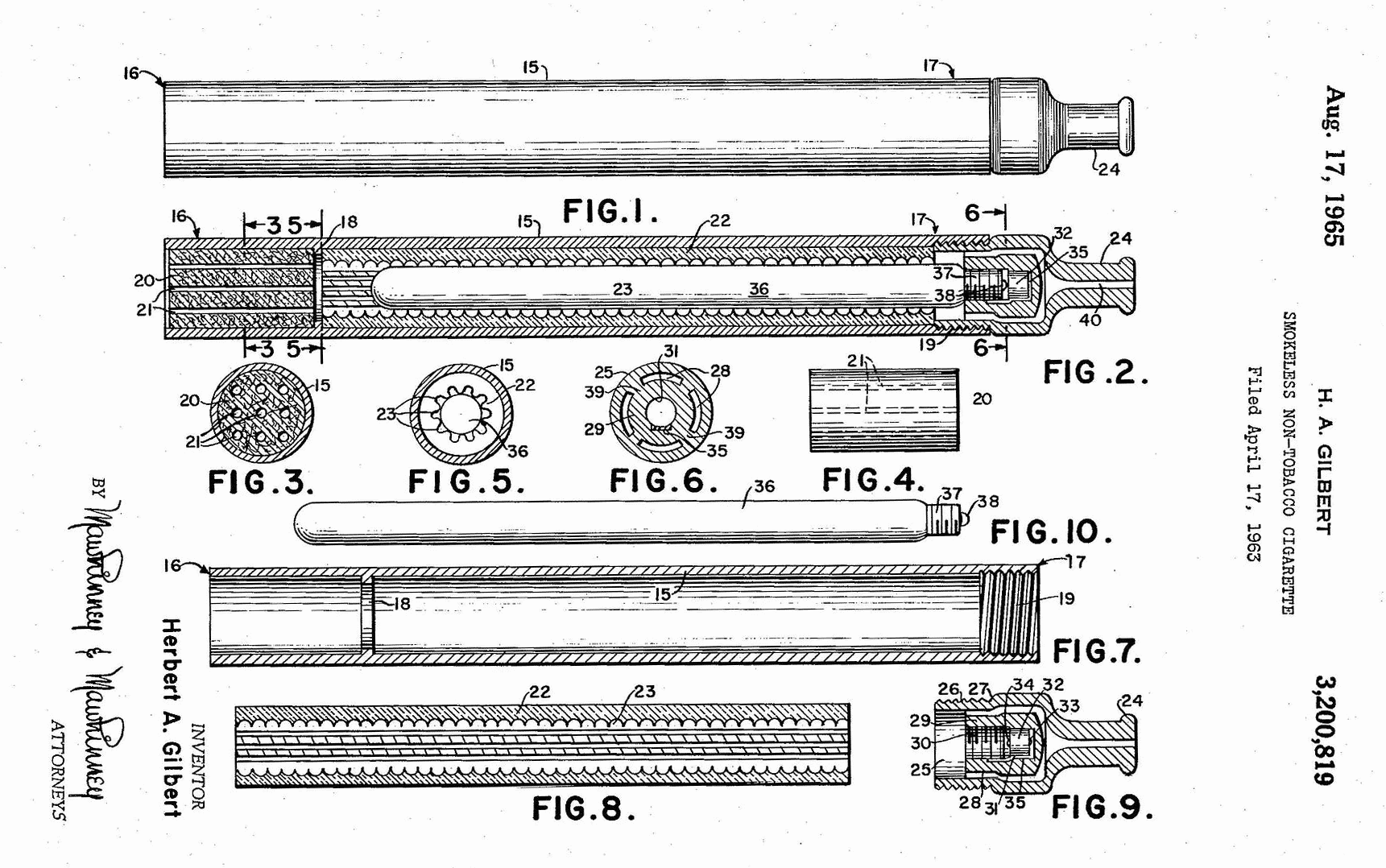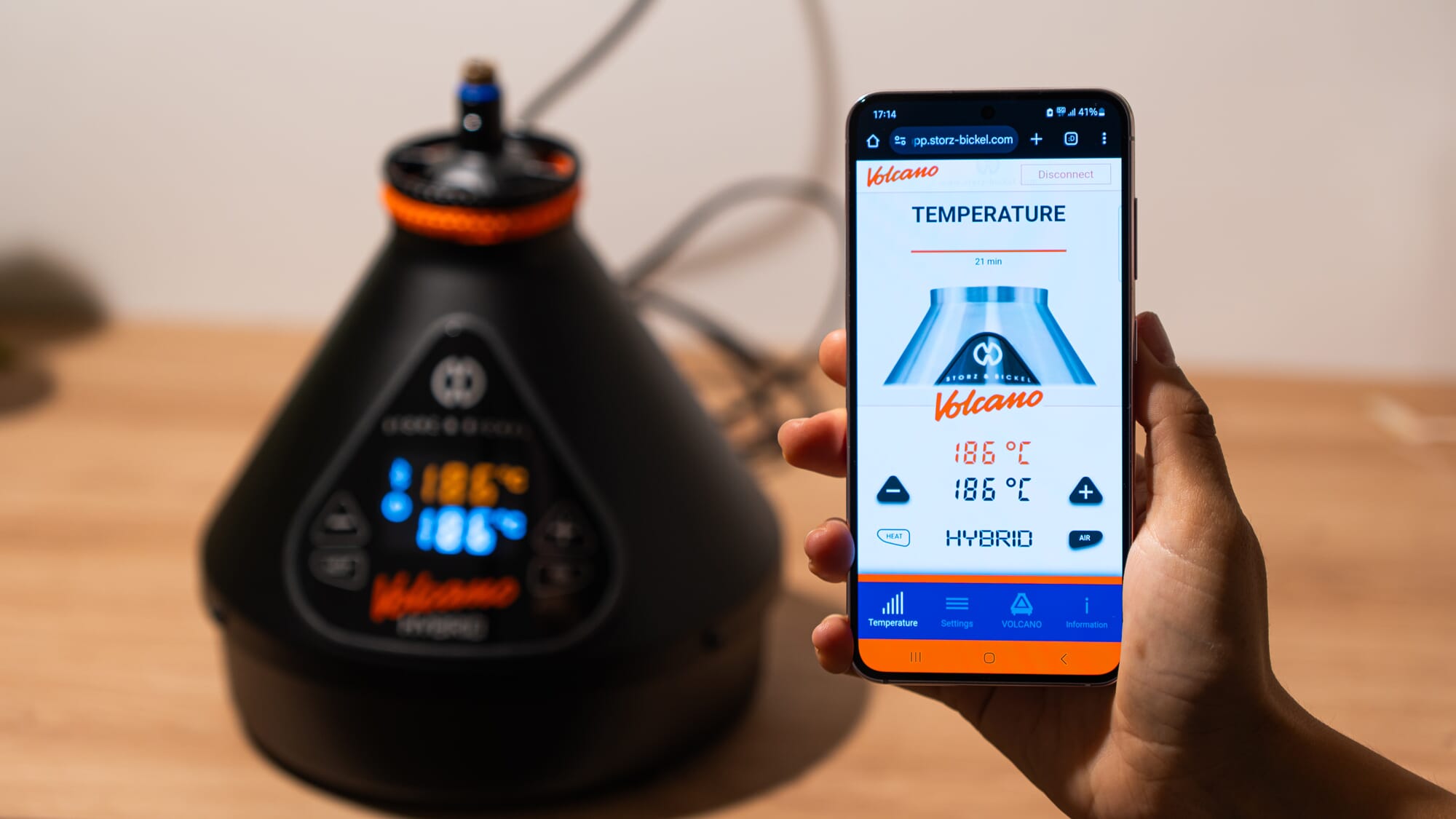Ever wonder how we went from heating herbs on hot stones to carrying high-tech vaporizers in our pockets? The story of vaporizing is actually pretty fascinating, stretching back thousands of years before the first electronic device was even dreamed up.
Let’s take a trip through time and discover how this age-old practice evolved into the sleek devices we know today. You might be surprised to learn just how long humans have been finding creative ways to enjoy their herbs without setting them on fire!
Ancient Origins of Vaporization
The concept of vaporization dates back centuries, long before the first electronic vaporizer was even a twinkle in an inventor’s eye. Ancient civilizations were already hip to the benefits of vaporizing herbs for spiritual, therapeutic, and recreational purposes.

The ancient Egyptians, for example, would toss herbs and oils onto heated stones to create aromatic vapors as early as 1,500 BCE1. They believed these scented fumes could connect them with the divine and promote healing. Talk about an elevated experience!
Fast forward to the 5th century BCE, and we have the ancient Greek historian Herodotus documenting the Scythians’ use of vaporization. These Eurasian nomads would throw herbs onto red-hot stones in a closed tent, creating a thick vapor that reportedly produced quite the pleasing effect2.

Between the 14th and 17th centuries CE, hookahs and water pipes gained popularity in the Middle East and India. These devices allowed vapor and smoke to be filtered through water, cooling it down for a smoother experience. While not quite the portable vaporizers we know today, they were definitely a step in the right direction!
The Dawn of Modern Vaporizers
The 20th century saw the birth of the modern vaporizer as we know it, thanks to some innovative inventors and their groundbreaking designs. While these early prototypes didn’t quite catch on in their time, they laid the foundation for the vaping revolution to come.
In 1927, Joseph Robinson patented the first “electric vaporizer,” intended for the inhalation of medicinal compounds. While it never made it to market, it marked the first known attempt at an electronic vaporization device3.

Three decades later, in 1960, Herbert A. Gilbert patented a “smokeless non-tobacco cigarette” that heated a flavored cartridge to produce vapor. Sound familiar? Though Gilbert’s invention never took off commercially, it bears a striking resemblance to the cannabis vaporizers we use today.
The Vaporizer Revolution
The early 2000s marked a turning point in the history of vaporizers, as technology advanced and demand for alternative smoking methods grew. Suddenly, what was once a niche product began to enter the mainstream, and the vaporizer market exploded with new innovations.

In 2003, Chinese pharmacist Hon Lik developed the first commercially successful electronic cigarette, inspired by his father’s battle with lung cancer. Lik’s design used a piezoelectric ultrasound element to vaporize a pressurized jet of liquid containing nicotine4. This groundbreaking invention paved the way for the countless e-cigarettes and vape pens we see today.

Meanwhile, in the world of herbal vaporizers, companies like Storz & Bickel were making waves with high-end devices designed for vaporizing cannabis and other botanicals. The iconic Volcano vaporizer, first introduced in 2000, quickly became a cult favorite among enthusiasts for its unparalleled vapor quality and precision temperature control.

As vaporizers gained popularity, manufacturers began to focus on making them more portable and user-friendly. In 2012, Ploom (now known as Pax Labs) launched the Pax, a sleek and discreet portable vaporizer that resembled an Apple product more than a smoking device. The Pax quickly became a hit, and other companies soon followed suit with their own portable designs.
Today, the vaporizer market is more diverse than ever, with options ranging from simple pen-style vapes to high-tech, app-enabled devices. Consumers can choose from a wide variety of vaping temperatures, materials, and features to suit their individual needs and preferences.
The Future of Vaporizers
As vaporizers continue to evolve, one thing is clear: the future of vaping is all about innovation and customization. Manufacturers are constantly pushing the boundaries of what’s possible, from advanced heating systems to smart technology integration.

One trend we’re seeing is the rise of modular vaporizers, which allow users to swap out different components to create their ideal device. Imagine being able to customize everything from the heating chamber to the mouthpiece, or even mix and match parts from different brands. The possibilities are endless!
Another exciting development is the integration of smart technology into vaporizers. Some of the latest devices can connect to your smartphone via Bluetooth, allowing you to control temperature settings, track usage, and even lock your device remotely. As vaporizers become increasingly high-tech, we may see even more advanced features like biometric security, personalized dosing recommendations, and voice activation.

Of course, as with any rapidly evolving industry, there are bound to be challenges and growing pains along the way. Vaporizers have faced their fair share of controversy, from concerns about safety and regulation to debates over their long-term health effects. As more research is conducted and regulations are put in place, it’s likely that we’ll see even more changes and improvements in the years to come.
One thing is for sure: the history of vaporizers is far from over. As technology continues to advance and attitudes towards smoking and medicinal cannabis shift, vaporizers will undoubtedly play a major role in shaping the future of consumption. Whether you’re a seasoned vaper or just curious about the technology, there’s never been a more exciting time to explore the world of vaporizers.

So the next time you take a puff from your favorite vape, take a moment to appreciate the long and fascinating journey that led to the device in your hand. From ancient rituals to cutting-edge technology, the history of vaporizers is a testament to human ingenuity, creativity, and our ever-evolving relationship with the substances we consume.
Whether you’re in it for the flavor, the health benefits, or just the sheer joy of blowing clouds, there’s no denying that vaporizers have come a long way – and the best is yet to come. So here’s to the past, present, and future of vaping. May your clouds be thick, your flavors be bold, and your adventures be many. Happy vaping!
Sources
- Gülck T, Møller BL. Phytocannabinoids: Origins and Biosynthesis. Trends in Plant Science. 2020;25(10):985-1004. doi:10.1016/j.tplants.2020.05.005
- Herodotus. The Histories. Translated by Godley AD. Harvard University Press; 1920.
- United States Patent Office. Vaporizer. Patent No. 1,775,947. Published September 16, 1930.
- Grana R, Benowitz N, Glantz SA. E-Cigarettes: A Scientific Review. Circulation. 2014;129(19):1972-1986. doi:10.1161/CIRCULATIONAHA.114.007667
